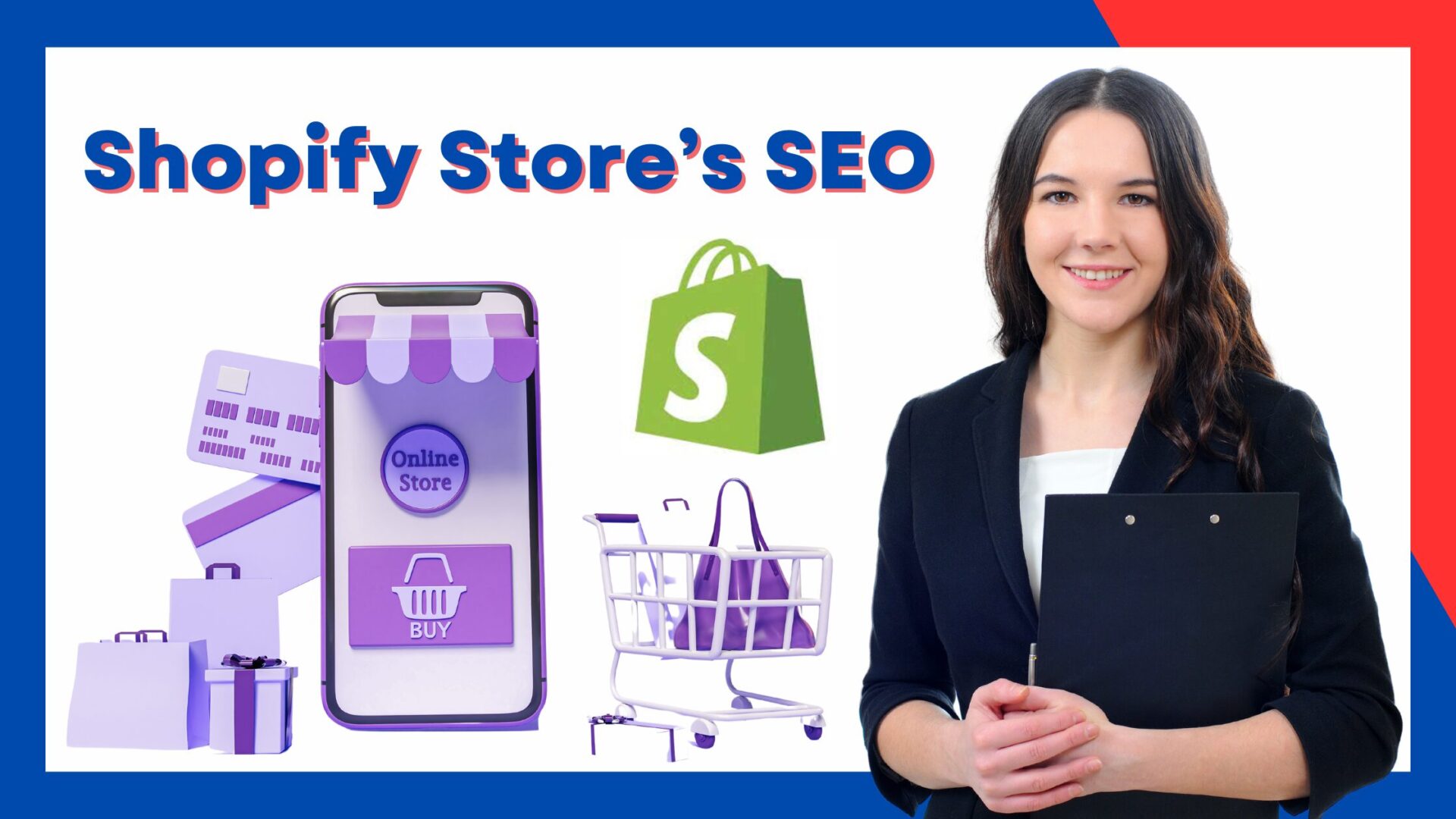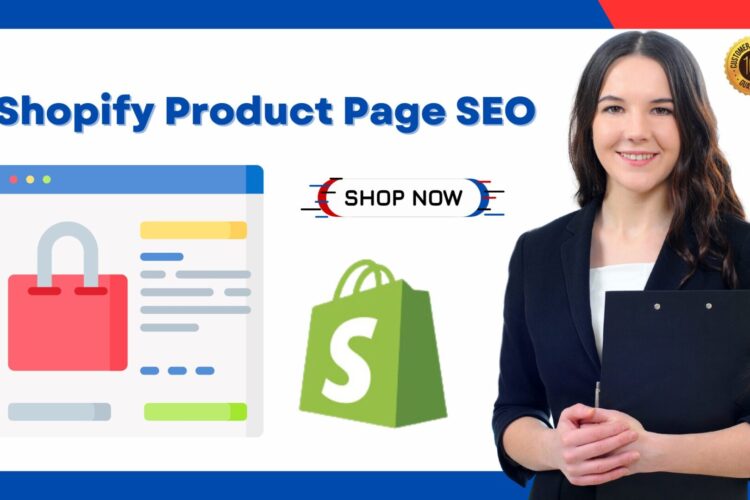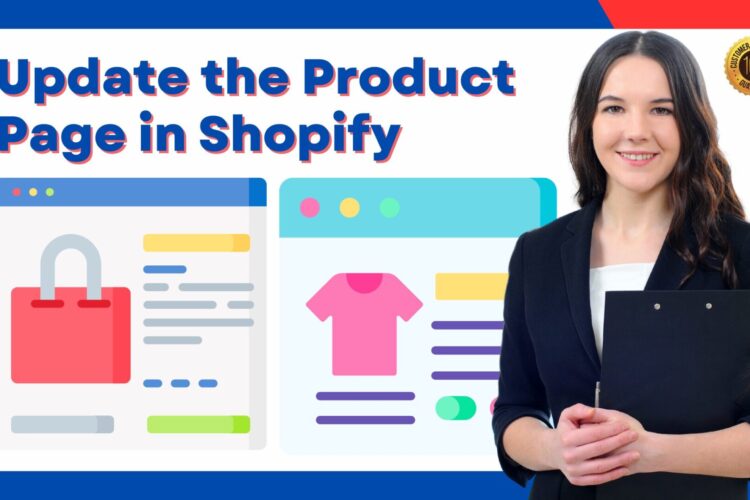
Enhancing your Shopify store SEO is important to increase organic traffic and boost sales. Learn how to optimize product pages, improve site speed, and build quality backlinks to attract more organic traffic. Find the importance of keyword research, technical SEO, and content creation to improve your store’s visibility.
Stay ahead with SEO expert tips and tools designed specifically for Shopify SEO. Maximize your online store’s potential and drive sales effectively. Here, we’ll provide actionable steps to optimize your store, ensuring it ranks higher in search engine results.
Why Shopify Store Need SEO?
Shopify stores need SEO to increase visibility, drive organic traffic, and improve sales. SEO optimizes product pages, enhances site speed, and aligns content with search intent.
With 43% of eCommerce traffic coming from organic searches, effective SEO strategies ensure higher rankings, better user experience, and a competitive edge in the crowded online marketplace.
10 Essential Steps for Shopify Store SEO
Learn effective techniques to improve your Shopify store’s SEO, boost organic traffic, and increase sales with our details guide.
1. Conduct Thorough Keyword Research
Identifying the right keywords is the foundation of effective SEO.
- Use SEO Tools: Utilize tools like Moz, Ahrefs, or Semrush to determine search volumes and keyword difficulty.
- Focus on Long-Tail Keywords: Target specific phrases that potential customers are likely to search for, such as “buy eco-friendly yoga mats online.”
- Analyze Competitors: Examine the keywords your competitors rank for to identify opportunities.
2. Optimize On-Page Elements
On-page SEO involves optimizing individual pages to rank higher and earn more relevant traffic.
- Title Tags: Incorporate primary keywords naturally and keep titles under 60 characters.
- Meta Descriptions: Write compelling descriptions under 160 characters that include target keywords.
- Header Tags (H1, H2, H3): Structure content with appropriate headers to improve readability and SEO.
- Alt Text for Images: Describe images with relevant keywords to enhance image search rankings.
3. Improve Site Structure and Navigation
A well-organized site improves user experience and helps search engines crawl your site more effectively.
- Logical Hierarchy: Organize products into clear categories and subcategories.
- Internal Linking: Link related products and content to guide users and distribute link equity.
- Breadcrumbs: Implement breadcrumb navigation to help users understand their location within your site.
4. Improve Site Speed
Page load speed is a critical ranking factor.
- Optimize Images: Compress images without compromising quality to reduce load times.
- Minimize HTTP Requests: Limit the number of elements on a page to decrease load time.
- Use a Content Delivery Network (CDN): Distribute content across various servers to ensure faster delivery.
5. Implement Technical SEO Best Practices
Technical SEO ensures that search engines can crawl and index your site efficiently.
- XML Sitemap: Submit an updated sitemap to search engines to facilitate indexing.
- Robots.txt File: Ensure this file is correctly configured to guide search engine crawlers.
- Fix Broken Links: Regularly check for and repair broken links to maintain site health.
- Mobile Optimization: Ensure your site is responsive and provides a seamless experience on all devices.
6. Create High-Quality, Relevant Content
Content is a significant driver of traffic and engagement.
- Blog Posts: Publish informative articles related to your products to attract and educate potential customers.
- Product Descriptions: Write unique, detailed descriptions that highlight the benefits and features of your products.
- Customer Reviews: Encourage satisfied customers to leave reviews to build trust and improve SEO.
7. Build Quality Backlinks
Backlinks from reputable sites signal to search engines that your site is trustworthy.
- Guest Blogging: Contribute articles to reputable blogs in your niche to earn backlinks.
- Influencer Partnerships: Collaborate with influencers to reach a broader audience and gain backlinks.
- Monitor Backlinks: Use tools to track your backlink profile and disavow any low-quality links.
8. Utilize Shopify SEO Apps
Enhance your store’s SEO with specialized apps.
- Plugin SEO: Identifies and helps fix SEO issues within your store.
- SEO Manager: Offers tools for optimizing meta tags, sitemaps, and more.
- Image Optimizer: Compresses images to improve site speed.
9. Monitor and Analyze Performance
Regular analysis helps you understand what’s working and where improvements are needed.
- Google Analytics: Track visitor behavior and identify high-performing pages.
- Google Search Console: Monitor search performance and fix indexing issues.
- SEO Audits: Conduct regular audits to identify and rectify SEO issues.
10. Stay Updated with SEO Trends
SEO is an ever-evolving field.
- Follow Industry Blogs: Stay informed about the latest SEO developments.
- Attend Webinars and Conferences: Learn from experts and network with peers.
- Continuous Learning: Invest time in learning new SEO strategies and tools.
The Future of Shopify Store’s SEO
The future of Shopify SEO is designed by technological advancements and changing consumer behaviors. By 2025, 72% of online sales are expected to come from mobile devices, highlighting the importance of mobile-first indexing for Shopify stores. Moreover, 58% of voice search users make purchases through voice commands, pushing the need for conversational keywords.
Local SEO will become more relevant, with 46% of all Google searches seeking local information. Shopify merchants should optimize for location-based keywords like “organic skincare near me” or “eco-friendly apparel in New York.” Additionally, tools like AI-driven chatbots are projected to increase conversions by 30%, making personalized shopping experiences vital.
The importance of Core Web Vitals is increasing, as 53% of users abandon a site that takes more than 3 seconds to load. SEO apps like SEO Manager and Plugin SEO are increasingly crucial for maintaining speed, structure, and content optimization, securing a competitive edge.




